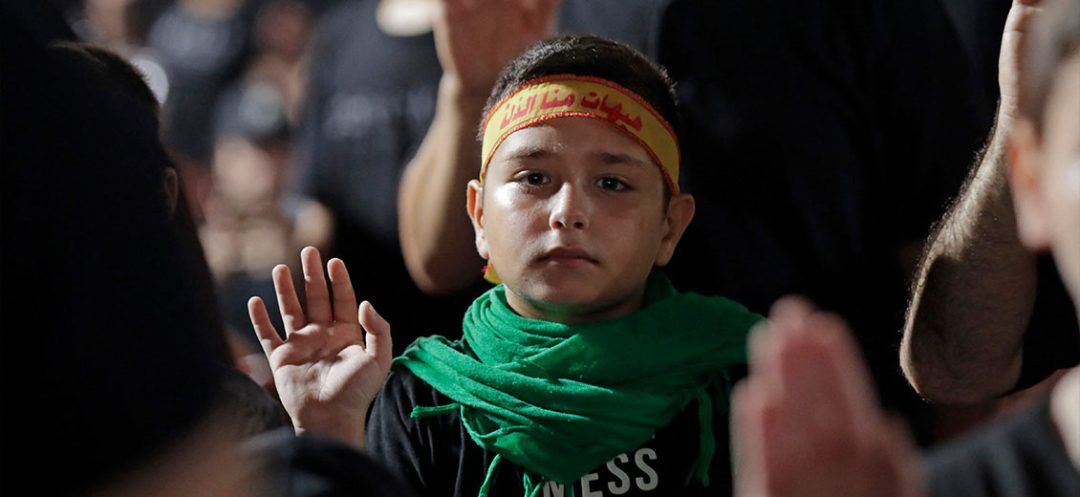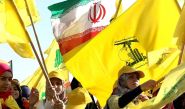
On the night of July 16 to 17, Shiites observe Ashura (from the word "achra," meaning ten), commemorating a pivotal event in their community's history: the assassination of Imam Hussein, the Prophet's grandson, in Kerbala, Iraq, in October 680 A.D. (Muharram 61 in the Islamic calendar). Imam Hussein was fleeing Damascus and the Caliph Yazid, with whom he was opposed in a succession dispute after the Prophet died in 632 in Medina, Saudi Arabia.
For a Shiite, Kerbala, located a hundred kilometers southwest of Baghdad, holds eternal significance as the site of Hussein's martyrdom. Tragic deaths marked Hussein's life: his father, Ali, the Prophet's son-in-law, was assassinated, as was his elder brother Hassan, the second Imam. The perpetrator was the Umayyad Caliph Muawiya, founder of the dynasty that ruled from Damascus over a vast territory from the Gulf to the shores of North Africa. Hussein, who had ascended as the third imam in the succession order, lived in the Umayyad capital and secretly harbored his resentment against Muawiya. However, when Muawiya died in 680 and was succeeded by his son Yazid, Hussein rebelled. Fearing execution, Hussein fled Damascus with 72 companions. Promised support in Kufa, south of Baghdad, he embarked on the journey via Kerbala, unaware of the impending trap. It was here that the Umayyad army moved to extinguish the resistance of the last male descendant of the Prophet. The battle proved overwhelmingly one-sided. Heads fell one by one into the sand as Hussein and his warriors were crushed.
Every year on Ashura day, the Shiites march through this battlefield, which they hold as their fifth holiest site, following Mecca, Medina, Jerusalem, and Najaf, the center of Shiite political power in Iraq. Ashura spans ten days of commemoration, marked by gatherings where storytellers vividly recount the martyrdom of Hussein. In some countries, these recitals are performed as theatrical re-enactments. Purifying tears flow freely, devoid of shame. The commemoration culminates on the tenth day, with processions and public acts of self-flagellation. The most devout lash their backs and heads, with whips or sword blades, marching in crowds that resound their chests with resolute hand strikes (latm). A forty-day mourning period ensues, culminating with the remembrance of Arbain (40 in Arabic), the peak of the Kerbala pilgrimage.
The Schism Between Sunnis and Shiites
The Kerbala massacre solidified the schism between Shiites and Sunnis. Approximately 15-20% of Muslims identify as Shiites, while its main branch is marked by the veneration of the twelve Imams and the belief in the return of the final Imam, Al-Mahdi, who was "hidden" from human sight in 874 AD but is anticipated to reappear at the end of time. The Islamic revolution in Iran in 1979, which is intrinsically linked to Hezbollah's ideology, injected new political impetus into Shiism with the establishment of the "Wilayat el-faqih" system.
This theocratical model, devised by Ayatollah Khomeini, grants the clergy supremacy over temporal political authority. However, this system lacks consensus across the Shiite world. In Lebanon, it faces opposition from the Amal movement, which regards Ayatollah Sistani in Iraq as its supreme religious authority.
Brainwashed
Driven by the Islamic Republic and funded by Iran, Hezbollah has developed its network of schools, aiming to extend its influence throughout the Shiite community. This effort leverages the Lebanese Constitution of 1926, which grants communities the right to establish their own educational institutions.
Hezbollah’s school network is a key instrument for the organization, enabling it to foster unity within the Shiite community by instilling its ideology in children from an early age, thus limiting opportunities for critical thinking. Within these schools, the principles of Wilayat el-faqih and the veneration of martyrdom are heavily promoted, reinforcing the movement's authority and the sanctity of its "resistance."
Alongside its educational efforts, the pro-Iranian faction has established the Al-Mahdi Scouts. This organization includes teachings on jihad and the glorification of martyrdom, serving as a preliminary stage to military service and eventual militia enlistment.
Since October 8, when Hezbollah initiated its support campaign for Gaza, members of the Shiite militia have been killed almost daily in the border conflict with Israel. Their families are assured that these sacrifices are meaningful, and their funerals are conducted with great solemnity. The fighters, regardless of age, are celebrated as if they have achieved the ultimate feat.
Hezbollah’s Secretary General has called for the fallen fighters to be recognized as having sacrificed their lives "on the path to Jerusalem", echoing the name given by Hamas to its "Flood of Al-Aqsa" operation. For the Islamic Republic of Iran and Hezbollah, there is a deep fixation on the Al-Aqsa Mosque, the third holiest site in Islam, which is currently under Israeli control.
Hezbollah glorifies this religious duty of reclaiming the mosque through warfare, especially during Ashura. Since October 7, Hezbollah has "offered" over 364 "martyrs" for this cause, to the detriment of Lebanon.
Read more



Comments